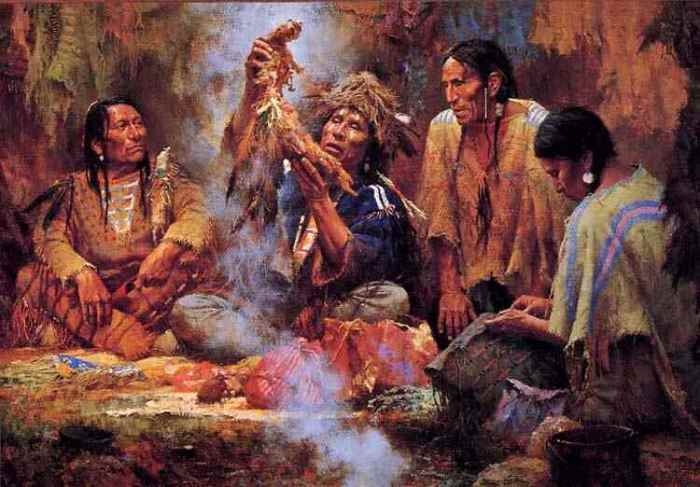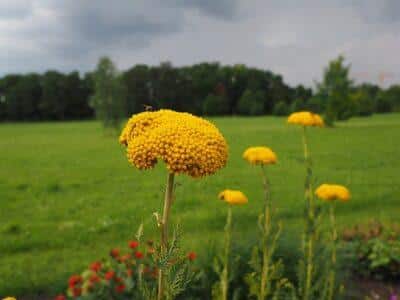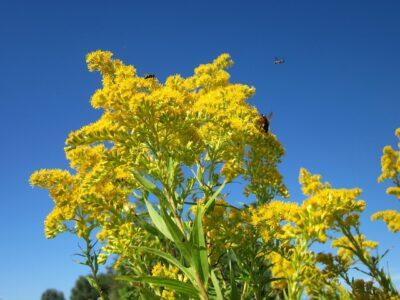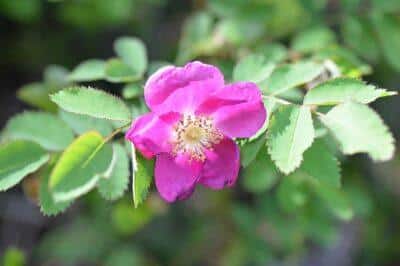|
Listen To The Article
|
7 Forgotten Plants The Native Americans Used For Medicine
My great-grandmother was an Ojibway Indian. They’re a tribe from Canada, and their Native American cousins were the Cherokee. She and my great grandfather were highly self-sufficient, as she often used herbs and plants from nature for a variety of reasons.
There was a time in our history when nature was the pharmacy. Over generations, Native Americans discovered cures and treatments for various ailments by accident and tradition. Most herbs were used as an infusion in a tea, but some were pulverized and applied directly to the skin. Here are seven “forgotten ones” that may be growing in your backyard or a meadow near you:
1. Sage
Sage grows wild across many parts of the Great Plains and the southwest. It is commonly used in cooking. Sage is actually the dominant flavor note in dishes like bread stuffing and poultry. It also has medicinal qualities.
Learn How You Can Make Powerful Herbal Medicines, Right in Your Kitchen!
Native Americans made an infusion of tea from sage leaves to treat indigestion and sore throats, coughs and fever. An extract made by crushing the leaves also can heal the skin as a treatment for burns and chafing. It has powerful antibacterial and astringent properties, as well.
2. Yarrow
The yellow plant, Yarrow, was commonly used by Native Americans to stop bleeding. The feathery nature of the plant, plus its chemical properties, encourage clotting. It also has anti-spasmodic and anti-inflammatory benefits and was sometimes taken as a tea to relieve indigestion.
3. Black cohosh
You don’t hear a lot about black cohosh, but Native Americans used the roots used as a cough remedy. It also was referred to as the woman’s friend for its estrogenic properties and its ability to relive arthritis and menstrual cramps. It was typically brewed as a dark tea.
4. Feverfew
As the name implies, this herb relieves fever. The herb was a pain reliever for headaches and migraines. It has a mild tranquilizing effect. The leaves or flowers were typically chewed rather than infused because it makes for a particularly bitter tea. It has anti-inflammatory benefits and was used to relieve arthritis.
5. Goldenrod
Contrary to popular belief, goldenrod does not induce allergies anywhere close to the degree of its reputation. It’s an indigenous plant that grows across North America. Its flowers and leaves were infused in a tea to treat urinary tract infections. It was also a general anti-inflammatory treatment and used as a tea to treat upper respiratory inflammation and congestion.
6. Plantain
The common plantain plant grows everywhere from urban front yards to natural meadows. Its flat leaves and central, green seed-stalk make it easy to find. It makes a good natural salad, although the mature leaves are a bit bitter.
New ‘Survival Herb Bank’ Gives You Access to God’s Amazing Medicine Chest
It’s a good source of vitamin K, which is essential to blood clotting and it may be why Native Americans used it as a topical and oral treatment for snake bites. Personally, I’d get to the hospital as fast as possible after a snake bite, but when there were no hospitals this seemed to be a treatment of choice. In fact, Native Americans referred to it as “snakeweed.”
7. Rose hips
There is no other wild plant that possesses more vitamin C than rose hips. They’re the end result of flowering wild roses and usually are small red buds about one-fourth an inch in diameter. Native Americans figured out the healing properties of rose hips as a boost to the immune system. We have no idea how they figured this out, but over generations some things become apparent.
You can chew them raw or dried, ground in a tea, or incorporated into other food. I’ve chewed them raw, and in my opinion they taste terrible. I’d strongly recommend chopping them and adding them to something else.
Final Thoughts: Be Careful Out There
I’ve instructed many classes and field excursions on the subject of natural food and medicines. Always make sure you know what you’re eating or about to ingest. There are more plants that are poisonous than are good for you. Take the time to do some research and always start with small portions of anything.
What plants would you add to this list? Share your advice in the section below:
Harness The Power Of Nature’s Most Remarkable Healer: Vinegar
 Off The Grid News Better Ideas For Off The Grid Living
Off The Grid News Better Ideas For Off The Grid Living







